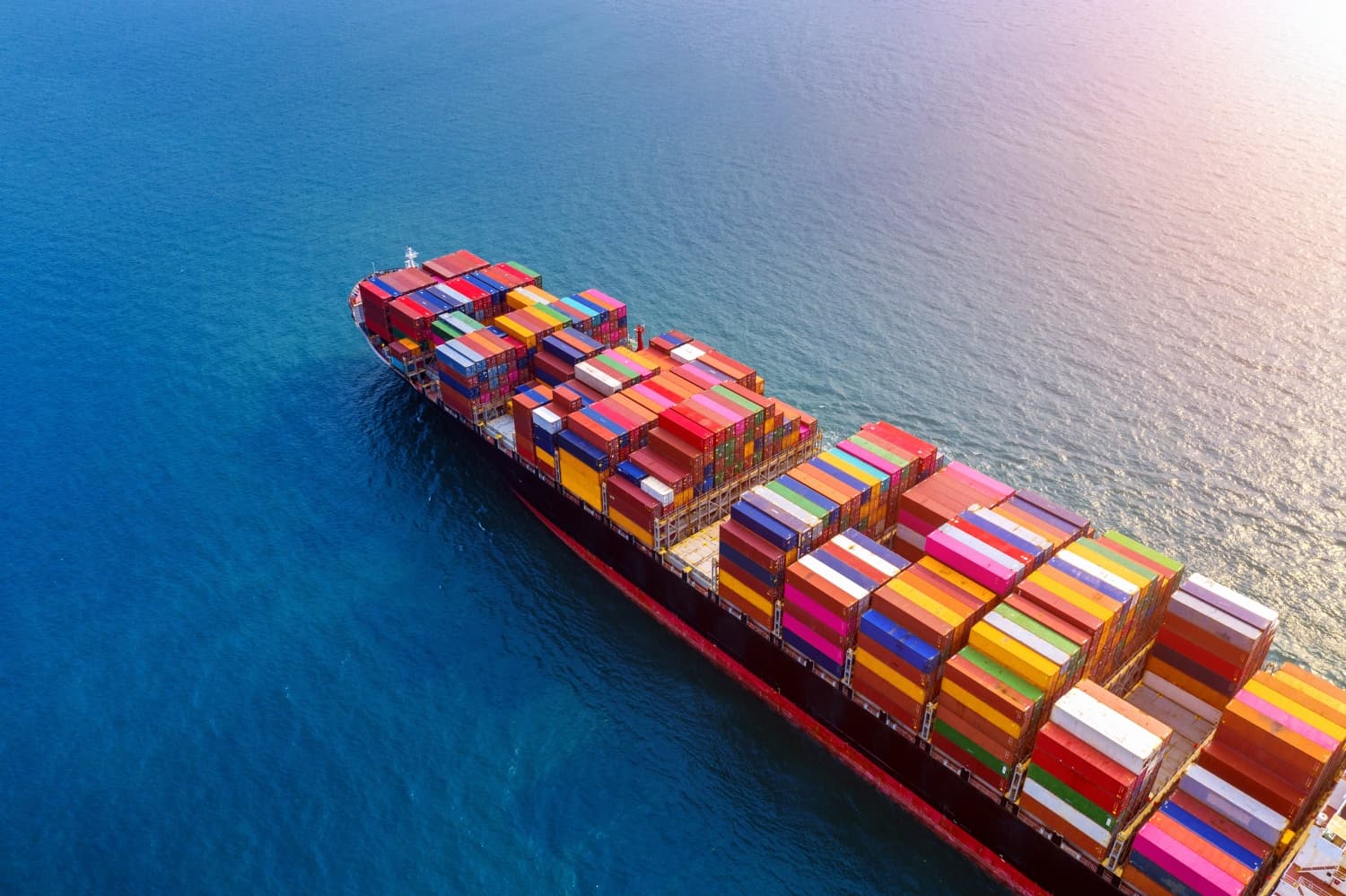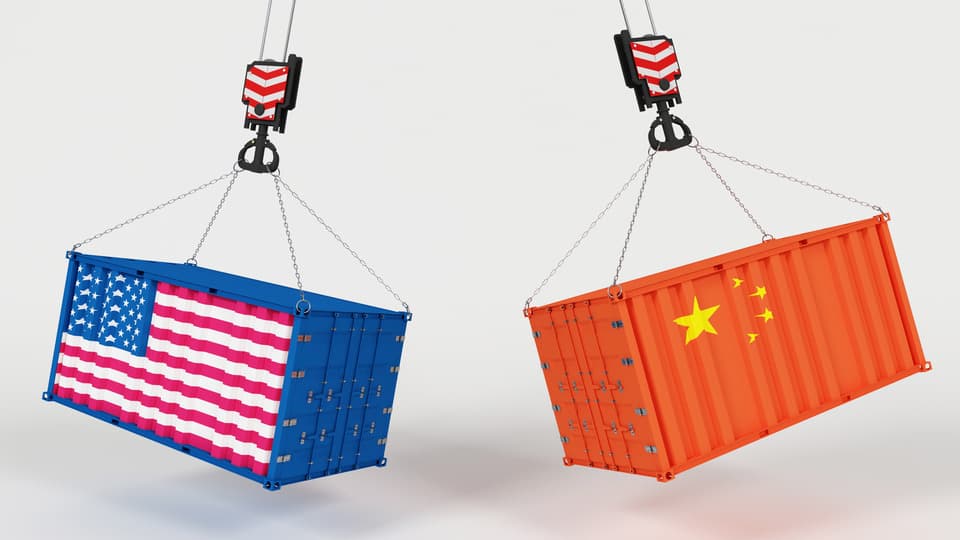What to Expect When You Ship 40HQ from Shanghai to New York

Shipping a 40HQ (High Cube) container from Shanghai to New York is a popular trade route, but several essential aspects must be considered. If you are shipping for the first time or just want a reminder, this guide will walk you through each step in a simple, clear fashion.
Step-by-Step Breakdown of the Shipping Process
Step 1: Confirm Shipping Requests
First, align all the details with your supplier and your freight partner. You'll need to:
- Verify product quantity and specifications: Ensure you know what is being shipped well.
- Confirm packing details: This takes the form of carton sizes in weight and units in a carton.
- Agree on terms: Casual statements like FOB (Free on Board), EXW (Ex Works), etc., state the responsibilities one person will have over various aspects of shipping.
- Set a timeline: Make sure that everyone agrees on when the goods are to depart and when they are to arrive.
Step 2: Booking Vessel Space
Your freight forwarder in China will place you on a space on a ship for New York. This involves:
- Your delivery needs and budget determine the best sailing schedule to make.
- Confirming container availability is especially important during the high seasons when there is a lack of equipment resources.
- Securing a booking confirmation: That's how your space is confirmed with the carrier.
Step 3: Send the Container to the Factory for Loading
Once your container is ready:
- It is trucked to the supplier's warehouse: The vacant 40 HQ container is sent to be loaded.
- Goods are packed securely inside. Proper stacking and securing are most essential to prevent damage.
- Container is sealed: A seal number is taken for customs purposes and tracking.
Step 4: Return Container to Port
The container is then taken back to the Shanghai port terminal after loading.
- Timing matters: Missing the port's deadline can lead to missing the sailing.
- Avoid late return charges: It is convenient to return the container on time to avoid additional charges.
Step 5: Export Clearance
Your freight forwarder carries out Chinese customs clearance.
- Submit required documents: These are generally a commercial invoice, packing list, entry form, shipment contract and power of attorney.
- Customs release: After the approval, your goods are cleared to leave the country.
Step 6: ISF Filing (Import Security Filing)
The U.S. requires an ISF (a 10+2 filing) at least 24 hours before departure.
- Includes cargo and consignee details: Seller, buyer, and container contents.
- Filed electronically with U.S. Customs: Late filing may cause delays and fines as much as $3,000.
- Dealt with by your U.S. customs broker: Emphasize early coordination to allow it to be done properly.
Step 7: Load onto Vessel
The cleared and sealed container is now ready for stuffing and loading.
- The container is put on the ship, with hundreds of others going to different locations.
- This is the beginning of the sea freight trip: From Shanghai to New York.
Step 8: Departure from Shanghai
The ship departs:
- Transit time is usually between 40 and 45 days, depending on the specific route, carrier, and transshipment.
- You can track your container: In most cases, freight forwarders offer live tracking or updates on status.
Step 9: Arrival at New York Port
Once the ship arrives:
- The container is unloaded at a designated terminal, often in Port Newark or elsewhere.
- The port's authorities notify your broker or forwarder that the container you own is ready for import clearance. There is a tip that import clearance could be started coulple of days prior to arrival to ensure soomther picking up.
Step 10: Import Clearance
This is due to be processed by your customs broker in the U.S.
- Customs checks your shipment to ensure it meets all the rules and the importation papers are correct.
- The duties and taxes are calculated based on the HS code classification and the value declared.
- Release is granted: Ensure the container is ready for collection and final delivery.
Step 11: Delivery to Final Destination
Once cleared:
- A lorry comes to take the container from the port. Prompt cooperation is necessary to avoid demurrage charges.
- Brought to your company premises or warehouse: This is the end-level handover of goods.
- Unloading happens at your site by your team or a third-party service.
Step 12: Return Empty Container
Once you've unloaded the goods:
- The container must be returned to the port in a free interval (usually 5-7 days).
- Delays can incur detention charges: These can accumulate fast, so arrange unloading efficiently.
- The forwarder or trucker controls the return during the container release process.
What About Destination Charges?
Although your most significant expense is the ocean freight, you need to be mindful that there are costs after the arrival:
- Terminal handling charges: North America ports have no THC charge.
- Documentation & customs processing fees: Paid for by brokers or freight agents.
- Inland delivery charges: Expense on transporting the container to its final destination.
Destination charges in sea freight are likely to incur include a security fee, a chassis fee, and demurrage if the container isn't collected on time.
Estimated Timeline for Shipping a 40HQ from Shanghai to New York
| Shipping Stage | Estimated Time |
|---|---|
| Booking & Container Dispatch | 1-3 days |
| Factory Loading & Return to Port | 1-2 days |
| Export Clearance in China | 1-2 days |
| ISF Filing | Must be done 24 hrs before loading |
| Sea Transit (Shanghai to New York) | 40-45 days |
| Import Clearance in the U.S. | 1-3 days (if no inspection) |
| Inland Delivery & Return of Container | 2-5 days |
Total Time: Roughly 50-55 days, depending on how smoothly each step goes.
Documents Required for This Shipment
Proper documentation is crucial. Here's what you'll need:
- Commercial Invoice: Contains product description, value, and information of the buyer/seller.
- Packing List: Specifications of packing of the goods -- weight, dimensions, quantity.
- Bill of Lading (B/L): Made by the carrier and acts as a shipping contract.
- ISF (Import Security Filing): Required for the U.S before departure.
- Customs Declaration: This is for Chinese export as well as U.S import.
- Certificate of Origin (if required): Helps determine import duty eligibility.
- HS Codes: Defines the customs duties and product classification.
Common Mistakes to Avoid
Such errors can be avoided in terms of saving time and money.
- Missing ISF Filing Deadline: This may lead to expensive delays and fines.
- Incorrect HS Codes: Cause wrong duty payments or clearance complications.
- Booking too late: Space is limited during the peak seasons.
- Not checking container condition: Always inspect containers before loading.
- Poor packaging: May lead to product damage during transit.
- Ignoring destination charges: Budget for post-arrival fees to avoid surprises.

How to Choose the Right Freight Forwarder in China
Choosing the right freight forwarding company can make or break your international shipment. What to watch out for and why it is essential:
- Experience with U.S. Routes: Select a forwarder who ships regularly to the United States. They'll know the U.S. customs regulations, compliance standards, documentation necessity (ISF filing), and the usual reasons for delays so your shipment can sail smoothly through any checkpoint.
- End-to-End Service (Door-to-Door): An excellent freight forwarder provides a full-fledged logistics solution---from bringing the goods to your supplier's factory in China to receiving them in your warehouse in the U.S. This makes liaising with and managing various service providers easier.
- Transparent Pricing (No Hidden Fees): Insist on the breakdown of all costs they will charge upfront---sea freight, destination charges, customs, delivery charges, and container return fees. A reputable forwarder will explain every cost component and not charge additional costs when sending the products.
- Strong Communication & Updates: Shipping involves multiple moving parts. Your forwarder should keep you updated on the status of your shipment, respond promptly to your questions, and alert you to any problems as soon as they arise, from the vessel delay to the customs hold.
- Customs Knowledge & Compliance Support: A seasoned forwarder can help you with customs documentation, classify your goods under the correct HS code, file ISF on time, and avoid compliance mistakes that might slow your cargo or incur penalties.
What Fits in a 40HQ Container?
A 40HQ (High cube) container is appropriate for heavy or high-volume/high-size commodities.
- Interior Dimensions: Approx. 12.03m (L) x 2.35m (W) x 2.70m (H)
- Max Load Weight: Around 27,600 kg (varies by carrier)
- Volume Capacity: ~76 cubic meters
- Typical Use Cases:
- Bulk consumer goods
- Furniture shipments
- Electronics and machinery
- Wholesale garment shipments
Final Tip: Always Track & Communicate
If you work with a reliable freight forwarder, constantly monitoring your shipment while keeping in touch can go a long way in your shipping experience. Here's why:
- Catch Delays Early: With real-time tracking of your shipment's status, you can see possible delays, such as port congestion, vessel rerouting, and customs inspection, and devise timely measures to mitigate the effects of such delays on your supply chain.
- Get your Warehouse Team Ready Ahead of Time: This helps your team prepare to take and unload goods. This guarantees that you have sufficient labour, space, and equipment, minimizes unloading time, and prevents the incurrence of demurrage charges.
- Be updated on Customs or Port Problems: Sometimes, your cargo can be delayed due to inspection or port delays. Keep in touch with your freight forwarder or customs broker so that you can act promptly on any documentation requirements or clearance problems.
- Guarantee Timely Return of the Container. Most shipping companies give a container a limited "free days" for storage after delivery. Monitoring the container's return deadline helps prevent detention fees---they can get expensive if the container is returned late.
By being proactive with tracking and communication, you remain in control over your shipment — you save time, avoid extra fees, and have a much smoother delivery process.
CargoesPi provides end-to-end shipping services across the USA (including major hubs like Los Angeles and Chicago), Europe, Australia, and other global destinations. Whatever your shipping needs, CargoesPi ensures seamless, safe, and timely delivery across international borders. Contact us now.

